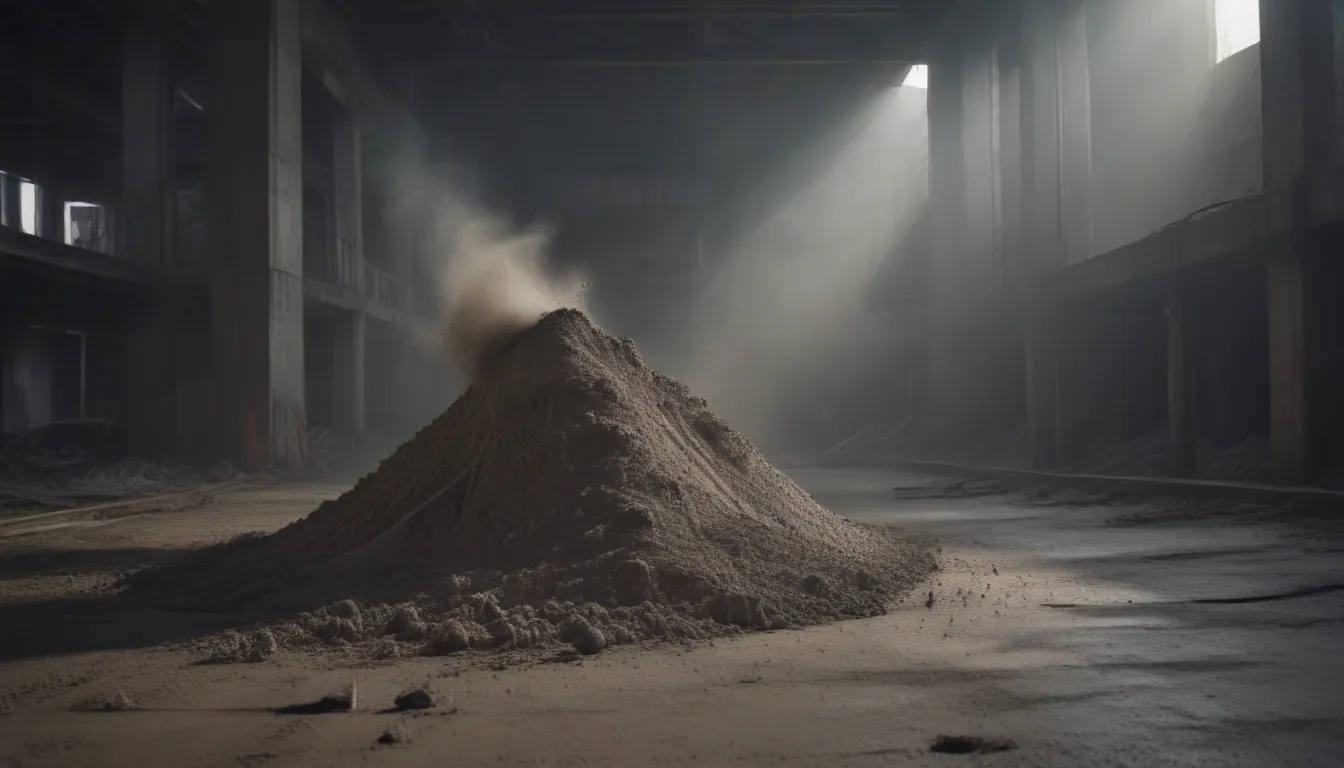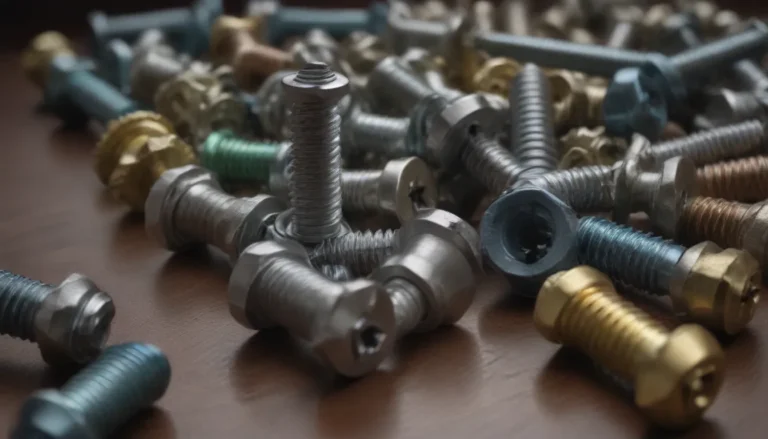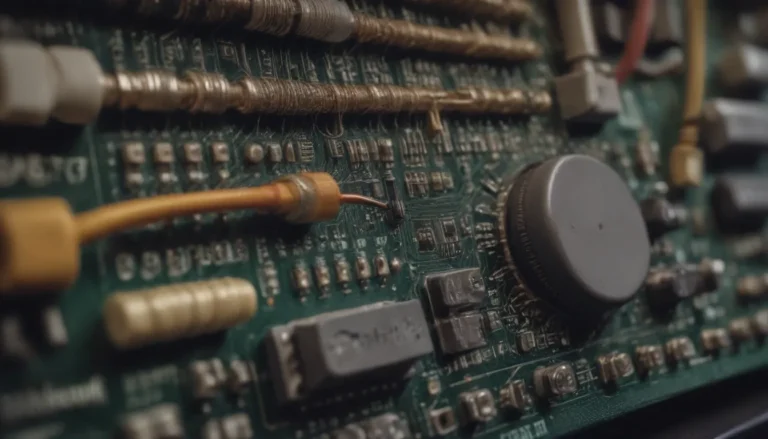Unleashing the Power of Fly Ash in Concrete Construction

Welcome, eager learners! Today, we dive into the fascinating world of fly ash and its innovative application in the realm of concrete construction. You may be wondering, what exactly is fly ash and how can it revolutionize concrete mixes? Strap in as we uncover the secrets behind this versatile material and explore its myriad benefits and applications.
Understanding Fly Ash: A Closer Look
Let’s start at the beginning – what is fly ash? Fly ash is a finely divided residue produced from the combustion of pulverized coal in coal power plants. In the past, this byproduct was a hazardous waste that posed significant environmental risks. However, with advancements in sustainable practices, fly ash has found a new purpose in enhancing the properties of concrete mixes.
The Magic of Fly Ash: Applications and Uses
The applications of fly ash extend far beyond its role in concrete mixes. While its primary function is to improve the durability, workability, and strength of concrete, fly ash can also be utilized in a variety of industrial and commercial settings. Here are some key applications and uses of fly ash:
- Enhancing Concrete Mixes: Fly ash can be used as a substitute for cement in concrete mixes, reducing permeability and increasing durability.
- Filler in Various Materials: From paints and adhesives to metal and plastic composites, fly ash serves as a versatile filler in a range of products.
- Building Materials: Fly ash is a key ingredient in the production of bricks, ceramic tiles, plaster, and ready-mix cement, among others.
- Structural Fill for Road Construction: Fly ash is commonly used as a structural fill material in road construction projects, adding strength and stability to roadways.
Cost-Effective and Environmentally Friendly
One of the standout features of fly ash is its cost-effectiveness and environmental benefits. While traditional cement production can be resource-intensive and environmentally harmful, fly ash offers a more sustainable alternative. By incorporating fly ash into concrete mixes, manufacturers can reduce CO₂ emissions, recycle hazardous waste, and minimize environmental impact.
However, it’s important to note that fly ash contains mercury, cadmium, and arsenic, which are contaminants that can pose risks to human health and the environment. Proper disposal and handling of fly ash according to EPA regulations are crucial to mitigate these risks and ensure safe utilization.
Benefits and Drawbacks of Fly Ash in Concrete
Using fly ash in concrete mixes presents a range of benefits, including increased durability, reduced cracking, and improved workability. Additionally, fly ash can help prevent expansion and enhance resistance to sulphates and alkali-aggregate reactions. However, there are some drawbacks to consider, such as longer drying and curing times, especially in cold climates. Air-entraining admixtures may be necessary to mitigate potential issues with slow strength development.
In essence, the integration of fly ash into concrete mixes offers a holistic approach to sustainable construction practices. By harnessing the power of this versatile material, industry professionals can create high-quality, eco-friendly structures that stand the test of time.
Unlocking the Potential of Fly Ash: A Sustainable Solution
As we delve deeper into the realm of concrete construction, it’s evident that fly ash plays a crucial role in shaping the future of sustainable building practices. By embracing innovative solutions and leveraging the benefits of fly ash, we can pave the way for a greener, more resilient built environment.
In closing, remember that knowledge is power. Educate yourself on the transformative potential of fly ash in concrete construction and join the movement towards a more sustainable future. Together, we can build a better world, one concrete mix at a time.
References:
– US EPA. (2014, December 11). Disposal of coal combustion residuals from electric utilities rulemakings. [Other Policies and Guidance]. Link
– US EPA. (2014, December 11). Coal ash reuse. [Other Policies and Guidance]. Link
– US EPA. (2014, December 11). Disposal of coal combustion residuals from electric utilities rulemakings. [Other Policies and Guidance]. Link
– US EPA. (2014, December 11). Coal ash basics. [Overviews and Factsheets]. Link





